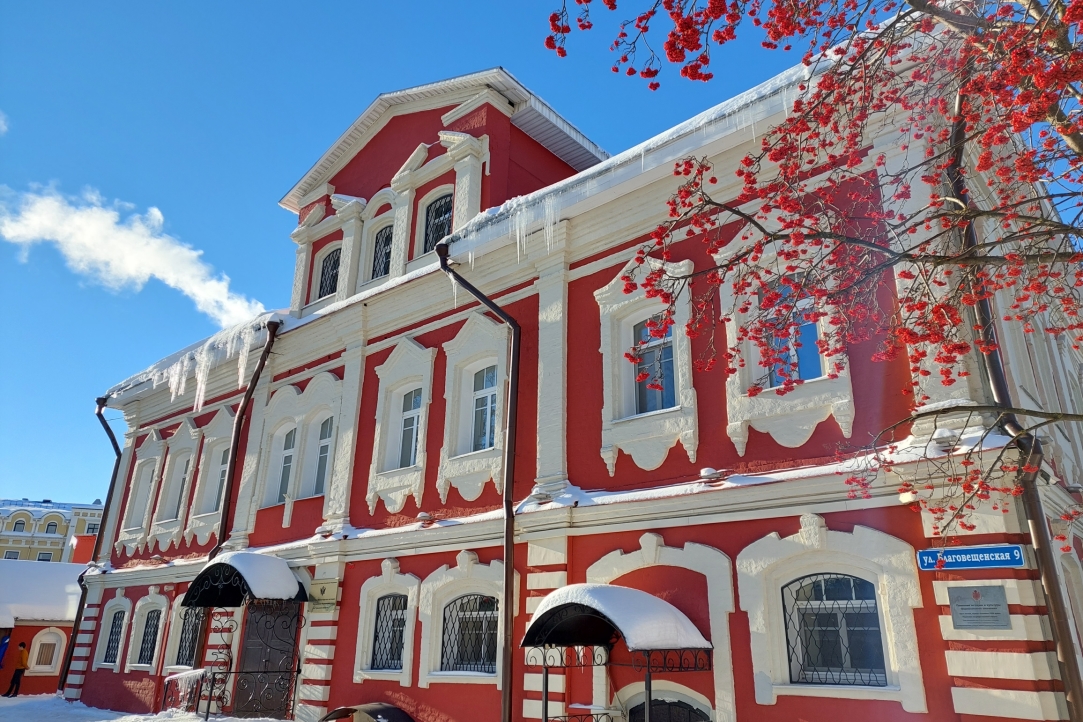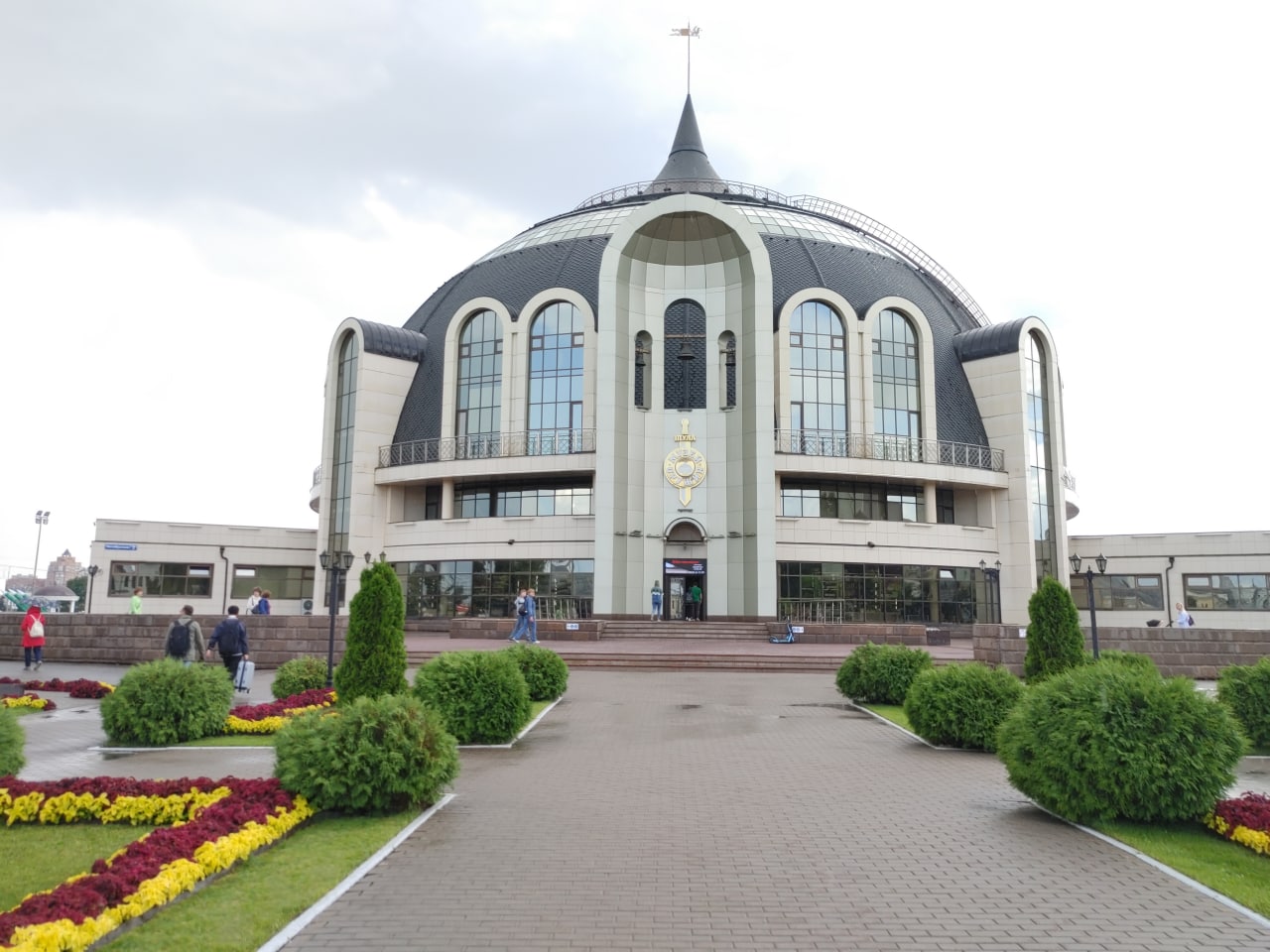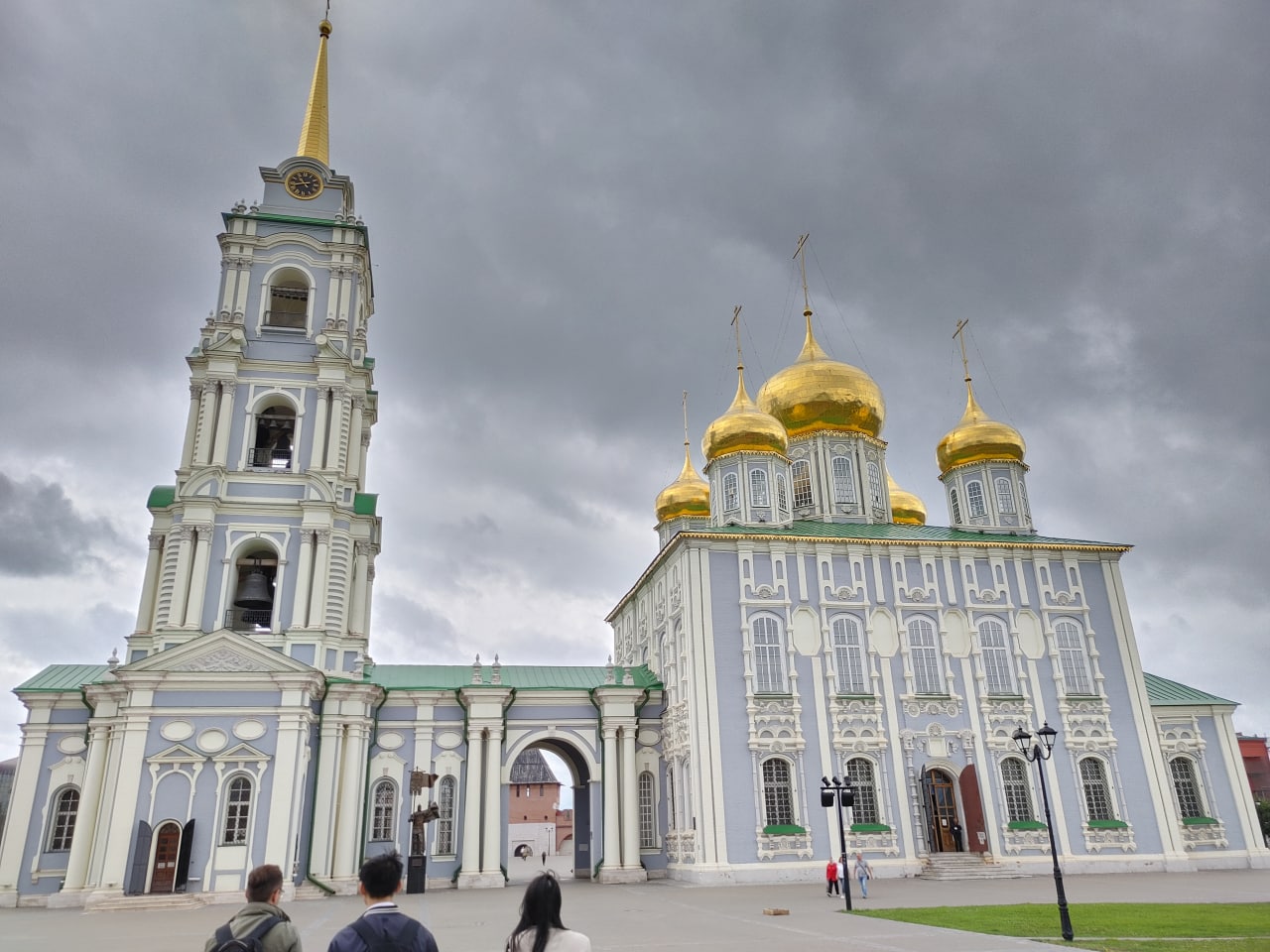A Two-day Trip: Sightseeing in Tula for the Weekend

Why is Tula a Must–See City?
Filled with history and culture, Tula has the status of ‘Hero City’, which was the highest level of distinction in the USSR after the Great Patriotic War of 1941–1945. During its history, Tula has always had strategic importance because of its location on the southern outskirts of the state defending from Crimean Tatar attacks and its proximity to the upper Oka River, where the border with Lithuania was located. This caused constant concern to strengthen Tula as a key point of defense. In 1503, it joined the Grand Duchy of Moscow and in 1514–1521, a stone Kremlin was built on the left bank of the river Upa which became the center of the defense line.
Tula is not very big and can easily be seen in a short weekend trip. It provides a worthy choice of hospitality venues, some of which are decorated according to the best traditions of the national style. The city sees the most visitors in summer, but it is perfectly suitable for winter recreation too.
How to Get There
A two–hour train ride from Kievsky station or Kursky station in Moscow can take you to Tula. It is recommended to buy tickets in advance. Ticket costs around 500–700 roubles.
Key Landmarks
A walk along the Upa River embankment and a visit to the Tula State Museum of Weapons and the Tula Kremlin would be great choices on your first day, as they are located alongside the river.
Tula State Museum of Weapons
The history of serial arms production in Tula begins in 1712 when Tsar Peter the Great founded the first Russian state-owned arms factory. The Tula State Museum of Weapons contains this huge collection of arms, which makes it one of the oldest museums in Russia displaying the evolution of weapons. The exhibition features both Russian weapons and arms from Western Europe and North America.
The museum has multiple floors and a large collection of weapons, aircraft machine guns, small arms and cannons. Many of the signs are in both Russian and English, which provides a great opportunity to learn about the different weapons and Tula’s historic role in weapon production.

Opening hours: Sun, Mon, Tue, Wed: 10am–6pm; Thu, Fri, Sat: 10am–8pm
Tickets: 300–500 roubles (Entrance tickets can be purchased from the museum’s box office on the day of the visit or in advance on the website).
Tula Kremlin
The Tula Kremlin is the oldest building in the city. It is just 30 years younger than its Moscow cousin and looks very similar, with its red-brick walls and dovetail-shaped crenellations. The fortress has withstood two major sieges in its history: in the 16th and 17th centuries.
Inside the Tula Kremlin is a museum, an exhibition center, and several souvenir shops. In Soviet times, it housed a power station.

A City Centre Reinvented
Not far from the Kremlin, the nearby Metallistov Street has been pedestrianised and now offers walks with pleasant views of 18th–19th century merchant houses all the way to the fashionable Iskra urban space, with its restaurants and recreation areas. Modern industrial production doesn't require as much space as in the 20th century, so some of the workshops are now empty.
A year ago, one of them was turned into the Oktava creative cluster. The complex is known for producing microphones used by Western stars such as U2, Radiohead and Marilyn Manson. This fashionable new space has become a focal point for the entire city. There is an interactive Machine Tool Museum, a cafe, a bookshop, a workshop for kids, a technical library, and a huge hall for lectures, theater productions, and concerts. In the factory yard, visitors can admire some expert graffiti and watch free concerts by top musicians.
On Metallistov Street, samovars and gingerbread (pryaniki) are also sold in many souvenir shops, which are the perfect representation of the city. In fact, Tula is so well known for samovars that it has made it into a Russian saying: ‘taking a Samovar to Tula’ is something akin to ‘reinventing the wheel’.
Gingerbread workshops are also an interesting way to try your hand at local cooking. They are offered at small artisan shops along Metallistov Street.
On the second day of the trip, visitors can take in a different area of the city. Not far from Tula city center lies Yasnaya Polyana, the museum-estate of Leo Tolstoy. It has a huge park and gardens and ponds where one can walk all day. But the most important thing is the Tolstoy house-museum, where everything is preserved as it was, as if the writer is just out for a stroll and will return any minute. Yasnaya Polyana is a must-see not only for lovers of world literature, but also for those interested in Russia’s historic and cultural life outside the capitals in the 19th and 20th centuries.
Yasnaya Polyana
Yasnaya Polyana (‘clear glade’ in Russian) is a well-known museum manor where famous Russian writer Leo Tolstoy was born, lived, and wrote his masterpieces (including War and Peace and Anna Karenina). He is also buried there. The estate was granted museum status in 1921 when it was run by Tolstoy’s daughter Alexandra Tolstaya.
The museum complex features several houses: the writer’s mansion, a school for peasant children, outbuildings, and stables. The authentic buildings are surrounded by picturesque forests and orchards. There is also a big park with a pond where Tolstoy's unadorned grave can be found.
Opening hours: 9am–5pm daily
Tickets: 100 roubles.
Useful tips
Students can get a discount on the price of museum tickets by presenting their student card, so don’t forget to bring them with you.
The MaMa Mia restaurant chain is a great option for lunch or dinner in Tula. While it is not very cheap, it is still affordable compared to Moscow. It offers hearty and unusually served dishes in a cosy interior with soft chairs that are just what travellers need after a long walk.
On the train to Tula, you can admire the landscape as you pass by small towns, villages and, at this time of year, perhaps even snow-covered trees glittering in the sunlight.
Text by Lý Trang, second-year master’s student of Critical Media Studies, intern at the HSE University English website team

